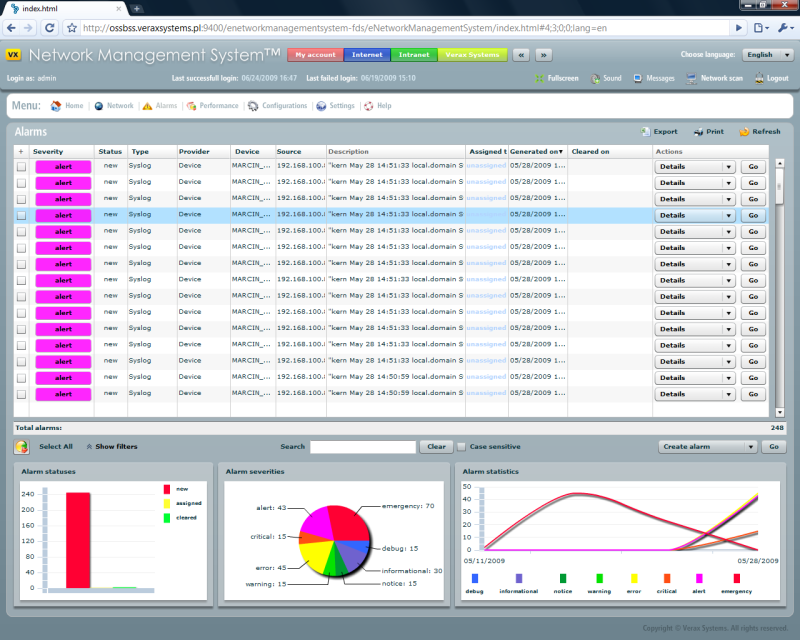NMS Primer 6: Ongoing Feeding
This article is Part 6 in a 7-Part Series.
- Part 1 - NMS Primer 1: What is an NMS?
- Part 2 - NMS Primer 2: How Do They Work?
- Part 3 - NMS Primer 3: Choosing an NMS
- Part 4 - NMS Primer 4: Main NMS Players
- Part 5 - NMS Primer 5: Implementation
- Part 6 - This Article
- Part 7 - NMS Primer 7: Going Beyond
We’ve covered what an NMS does, selecting an NMS, and some tips on implementing an NMS. But how do we keep an NMS up-to-date and relevant?
Signs of a well-maintained NMS:
- Most Operations Engineers have the console up at their desktop. It’s just part of the routine to look at it each morning.
- When people report network issues, the first place the network engineers look is the NMS. It’s frequently used to prove that no, it’s not the network’s fault.
- You check the NMS both before and after planned work, to check that everything is behaving as expected.
- There’s a handful of alarms, and they’ve all been acknowledged, with a note added.
- There’s more than one person that knows how to drive it
Signs of an NMS that’s losing the battle:
- No-one uses the system, except perhaps on a big screen that’s only there because the boss wanted something to look at. When there is a fault, people start logging into routers first.
- There’s a long list of alarms, including “Node Down” alarms for sites that have been decommissioned.
- The person who installed it has left, and no-one else really knows how to manage it.
If your NMS regularly displays a long list of alarms like this, something’s going wrong:
Too Many Alarms
No More Shelfware!
How can we ensure that our NMS is like the first one, and doesn’t become shelfware? Several things have to happen - some of them are straightforward technical maintenance, but the more important issues are cultural: NMS management needs to become core to your network management. It’s not an adjunct, a side thing done by the junior - it needs to be something that everyone does. Any network changes should include updates to the NMS.
What You Must Do
- Assign responsibility: You may choose to use external resources for some elements of maintenance, but you need an internal person who is responsible.
- Keep the NMS platform itself up to date. You must stay on top of your patching. The NMS can’t magically know about all new devices that get released - you need to keep it up to date. Plan on patching the application at least every 6 months. Don’t let it get more than one patch cycle behind.
- Auto-discovery helps with maintaining your inventory, but you should still verify that all new devices show up in your system. Most networks don’t have a high rate of device change - it’s not that hard to check that new devices show up, and old ones are removed. Auto-discovery only works if your templates are up to date, and allow SNMP.
- Look at it every day, and take action on all alarms. Never simply acknowledge an alarm without knowing why it occurred. Change the threshold, or suppress the alert - preferably at the source, or within the NMS if you must. If you’re repeatedly acknowledging the same alarm, you’re doing it wrong - and heading towards insanity.
Next up, we’ll take a look at how to take your NMS beyond the basics, giving you ideas on extending it to become a truly valuable platform.
